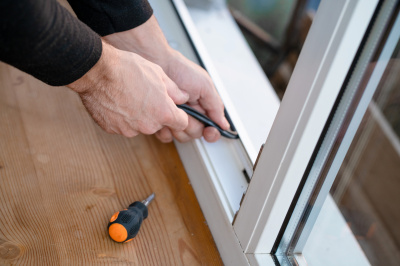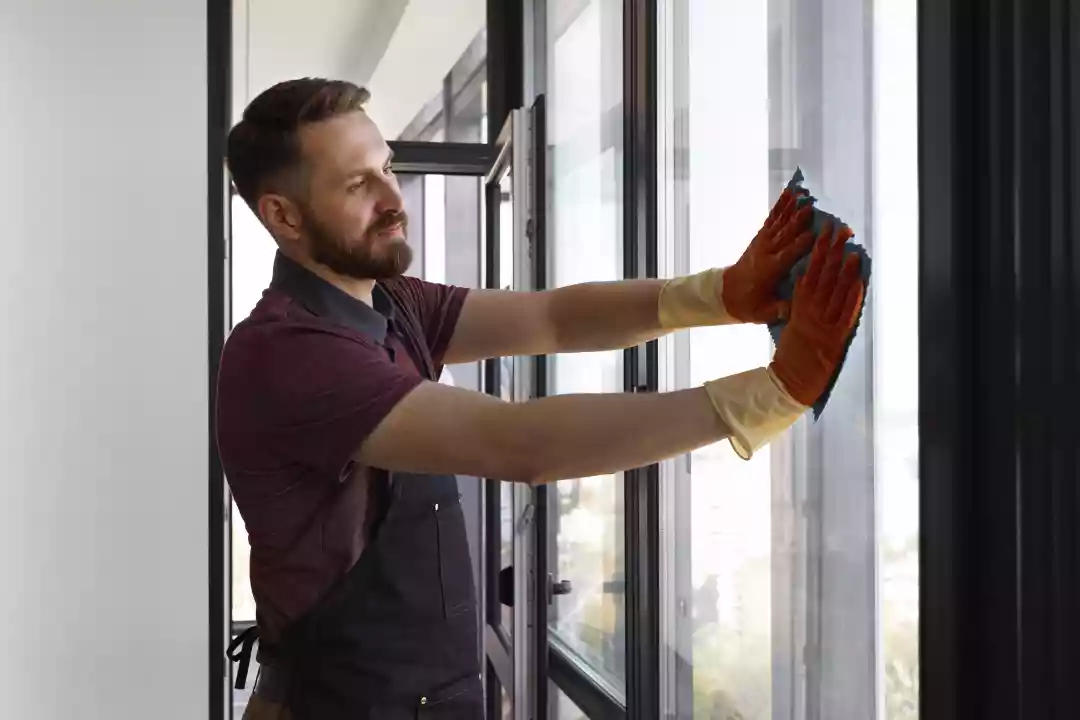Poorly Installed Windows Allow Air to Enter the Home
When looking to replace windows, it is important to understand how a window installation will impact the surrounding wall. Poorly installed windows can cause air infiltration that can lead to higher energy bills, while extra steps taken during the installation process can create a much stronger wall that is better protected against the elements.
The biggest challenge of window installation is providing an airtight seal between the window frame and the surrounding wall. If not properly sealed, pockets of air can find their way through the window opening and into the home. This impacts the home’s energy efficiency by allowing heated or cooled air to escape and outside air to enter. Therefore, ensuring that the window opening is properly sealed is critical to window installation.
Inadequate sealing can be caused by incorrect measurements, improper caulking techniques, and gaps around the window frame. If not corrected, this can lead to condensation buildup, resulting in water damage to the home. Additionally, the indoor environment may become uncomfortable due to the increased humidity levels.
Window Openings Become a Weak Spot for Leaks
Window openings are a weak spot in the home’s structure because they disrupt the continuity of the wall, leaving it vulnerable to water intrusion. Despite the quality of the window itself, the wall can still be affected if the opening is not properly sealed and protected from moisture. Therefore, proper flashing must be applied to provide additional protection.
Flashing is a thin, waterproof material that is applied around the window opening and on top of the sill. Its purpose is to guide rainwater away from the window and towards the exterior of the home. Without proper flashing, water can still find its way inside the wall and cause significant damage.

Need assistance finding window fitting near you?
Get a QuoteNew Window Openings Impact the Wall’s Strength
A new window opening can weaken the wall’s overall structure. This is due to the disruption of the continuous line of studs and joists that create the wall’s support system. Additionally, parts of the existing wall must often be cut away to make room for the opening, further weakening its strength.
When working with existing walls, installers must determine if any additional reinforcement is needed to ensure that the strength of the wall remains intact. This is especially important if the window is located in a load-bearing wall, where additional support beams may be necessary.
Additional Flashing Is Used for Further Protection
In addition to flashing around the window opening, the additional flashing should be used to protect the surrounding wall from moisture. This is especially important in areas where there is a risk of water infiltration, such as near lakes, rivers, and oceans. In these cases, additional layers of protection should be applied, such as a moisture barrier and/or weep holes.
Weep holes are small holes that are drilled into the bottom of the window frame. This allows any water that manages to penetrate the wall to drain out instead of getting trapped within the walls and causing further damage. Installing moisture barriers, such as plastic sheeting, can also prevent water from seeping into the walls.
Hiring a Professional
When considering the installation of a new window, it is important to hire a professional that is experienced in window installation. A professional installer is knowledgeable about the proper techniques for creating a secure seal and applying the necessary flashing. Moreover, they understand the importance of reinforcing the wall in order to maintain its strength and stability.
Hiring a professional minimises the potential for costly mistakes, saving homeowners money in the long run. It also ensures that the window is securely and properly installed, providing a comfortable indoor environment while preventing costly water damage.
In this article:
